News
News Articles
Viewing items with Category: All Categories, Year: All Years
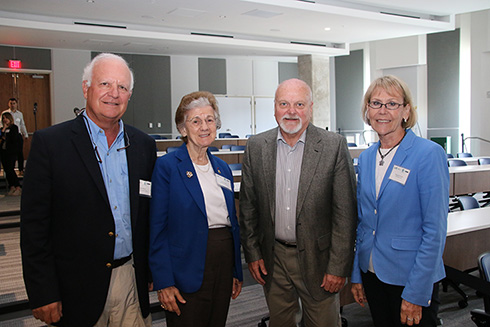
Multi-institution Science Team Meets in St. Petersburg, FL to Synthesize Ecosystem Impacts of the Historic Deepwater Horizon Oil Spill
A core team met most recently in St. Petersburg, FL from July 23-25 to participate in a workshop entitled “Ecosystem Impacts of the Deepwater Horizon Event: Assembling the Record of Species and Community Change.”
August 2, 2019News
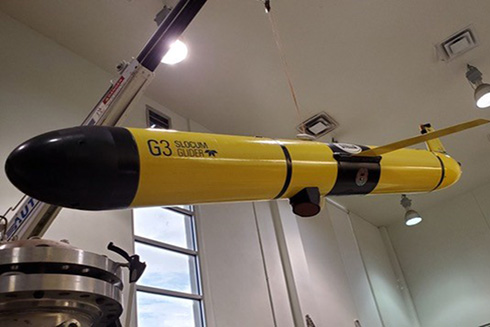
Researchers deploy new tech to explore depths of Gulf of Mexico
FIU marine scientist Kevin Boswell and a multi-institution research team will deploy experimental technology next week to explore the deep scattering layers of the ocean.
July 26, 2019News
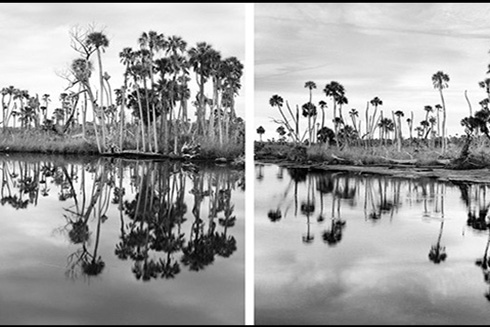
Coastal Forests in Crisis
A team at the USF College of Marine Science documents a die-off of coastal forests along the Big Bend of Florida using photographs and satellite imagery.
July 12, 2019News
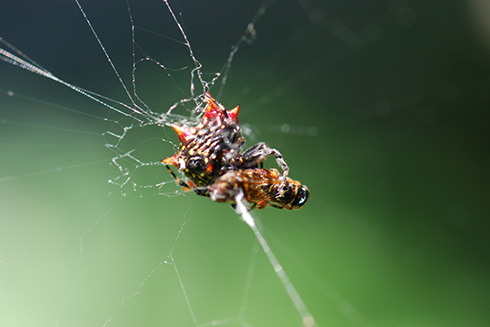
Researchers discover first case of a vertically transmitted virus in spiders
In a recent publication, lead author Dr. Karyna Rosario describes two new viruses identified in the ‘crab-like’ spiders known as spinybacked orbweavers.
July 12, 2019News
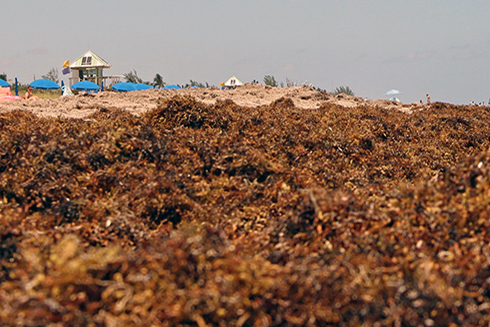
Scientists Discover the Biggest Seaweed Bloom in the World
The record-breaking belt of brown algae stretches from West Africa to the Gulf of Mexico—and it’s likely here to stay, says a team led by the USF College of Marine Science.
July 4, 2019News
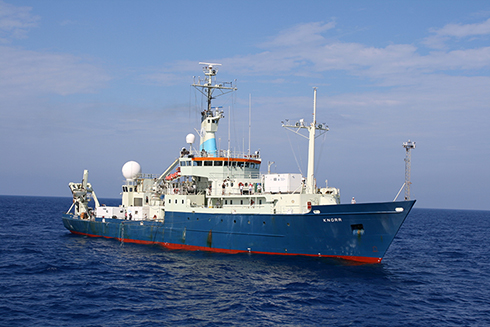
Is a Great Iron Fertilization Experiment Already Underway?
Using a new, highly sensitive tracer for human-derived iron falling on the ocean, researchers led by the USF College of Marine Science say we have underestimated the iron we add to the ocean compared to natural sources.
June 26, 2019News
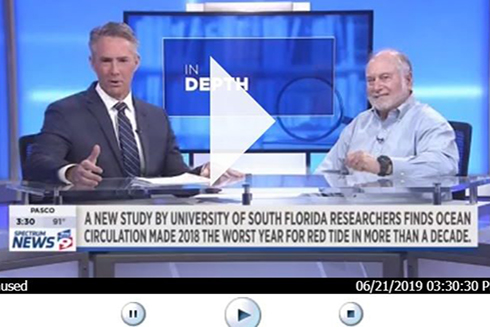
Ocean circulation made 2018 the worst year for red tide in more than a decade
Bay News 9 sat down with an expert to learn more about red tide research.
June 25, 2019News
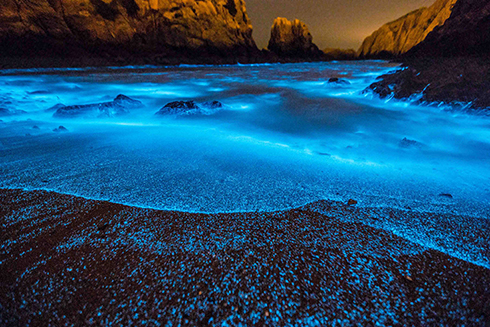
China’s sparkling bioluminescent seas are glowing brighter
Scientists report in a new study they have found a way for satellites to track the bioluminescent plankton responsible for producing “blue tears” in China’s coastal waters and found the sparkly creatures have become more abundant in recent years.
June 12, 2019News
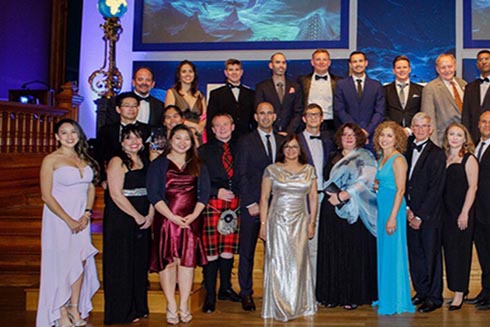
USF CMS Community Shines in Historic XPRIZE Competition
XPRIZE, the world leader in designing and operating competitions to solve humanity’s grand challenges, recently announced the winners in the $7M Shell Ocean Discovery XPRIZE.
June 12, 2019News
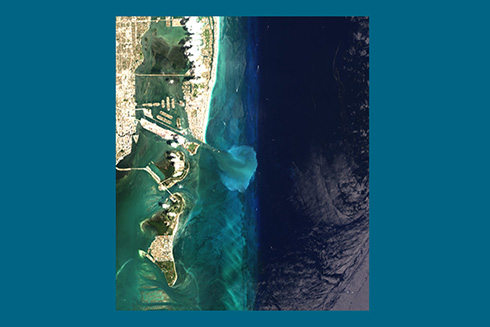
New study finds over half a million corals killed during Port of Miami dredging
Data show dredging caused widespread damage to coral reefs that protect Miami’s coastline and support fishing and tourism
May 29, 2019News
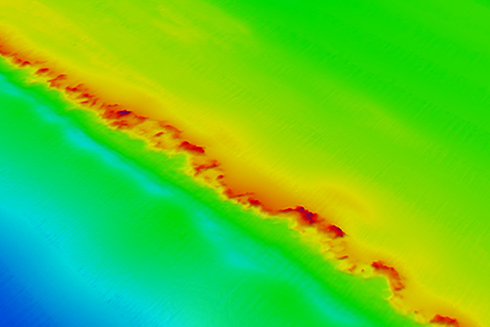
Florida’s most valuable treasure map?
In an unprecedented four-year, $4.5 million effort, a team led by the USF College of Marine Science to map the seafloor off the west Florida coast will double the area surveyed to date—but even then it’s less than 10 percent of the goal.
May 24, 2019News
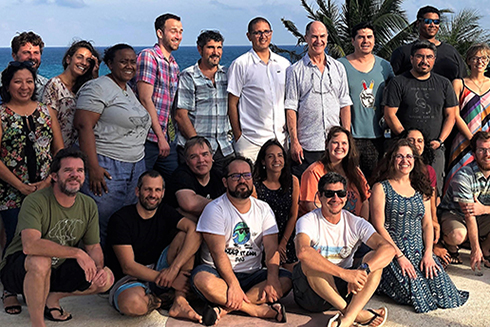
Team of Scientists Is Working to Develop a Marine Biodiversity Observation Network in the Americas, from Pole to Pole
This year’s workshop saw the first fruits of the inaugural workshop held during the 2018 AmeriGEOSS Week in Sao Sebastiao, Brazil, organized by the MBON Pole to Pole Americas, a project implemented by Enrique Montes (USFCMS) as a stepping stone of the global MBON.
May 17, 2019News